There was a time when we used the term “nebula” to refer to any astronomical object that was too far away to see clearly, including star clusters and even galaxies.

This nebula is officially called NGC 6302, but it’s more popularly referred to as the Butterfly Nebula. Despite its delicate name, the wing-like
areas are actually the result of a dying star casting off its gaseous shell during its final moments.
Of course, as technology progressed, our ability to detect astronomical objects improved significantly, so now we only talk about nebulae when referring to these absolutely vast interstellar clouds.
Because of their colorful and abstract nature, nebulae can be some of the most beautiful and intriguing objects in the universe. And thanks to
telescopes like the Hubble and observatories all over the world, we are able to see that firsthand.
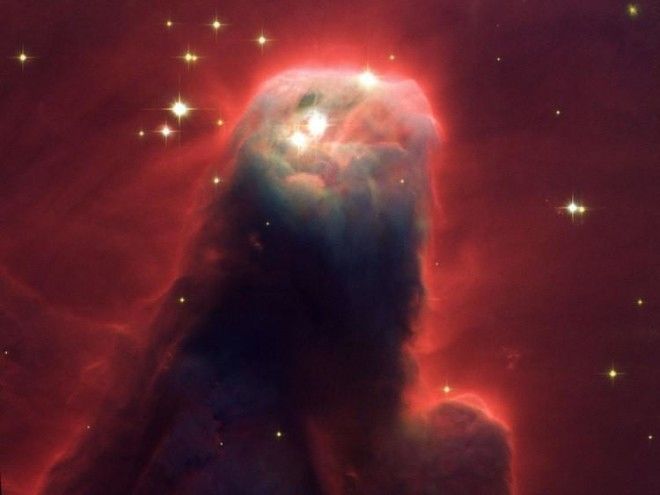
The Cone Nebula, another giant pillar of gas. To give you an idea of how big this pillar actually is, just the part you can see is 2.5 light-years long. The entire thing is 7 light-years long. And there are nebulae out there over 100 light-years in diameter.
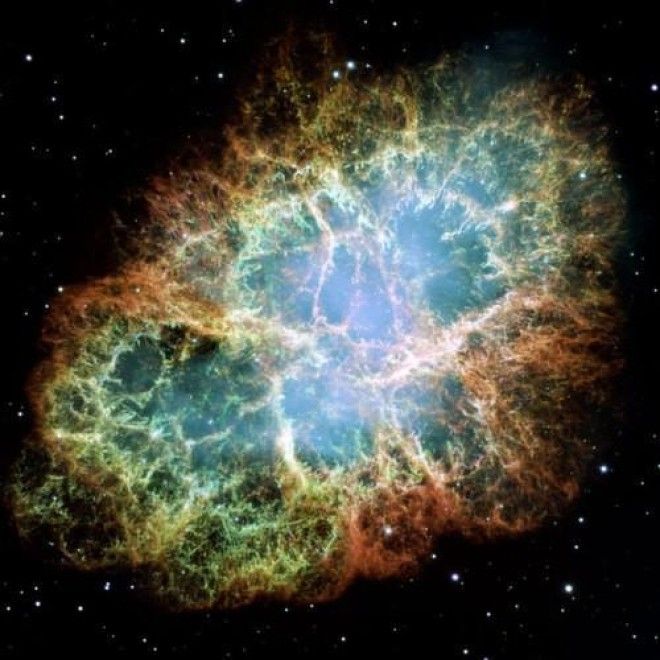
Speaking of supernova remnants, we had to include the Crab Nebula. It is the most detailed and intricate image of a nebula we have.
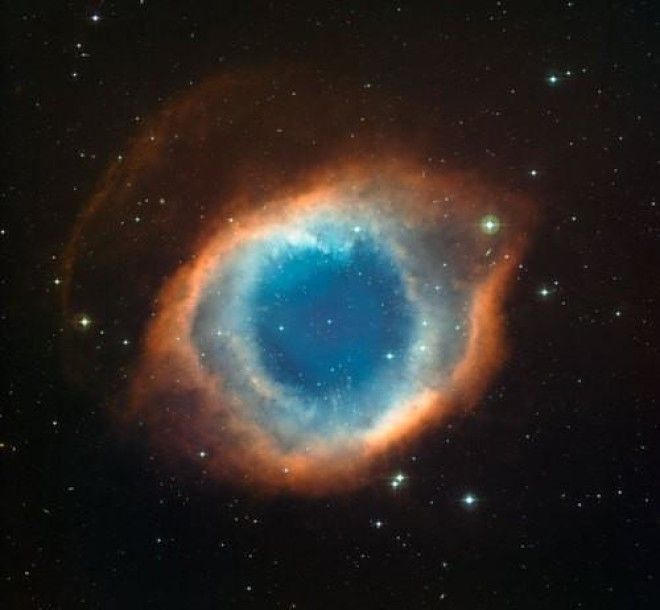
Famous image is that of the Helix Nebula. The reason for its fame is pretty obvious – it bears a stunning resemblance to the human eye.
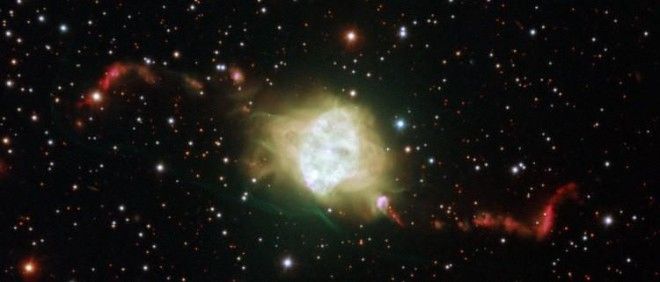
Another planetary nebula, it is thought that Fleming 1 might have an incredibly rare pair of white dwarf stars in its center.
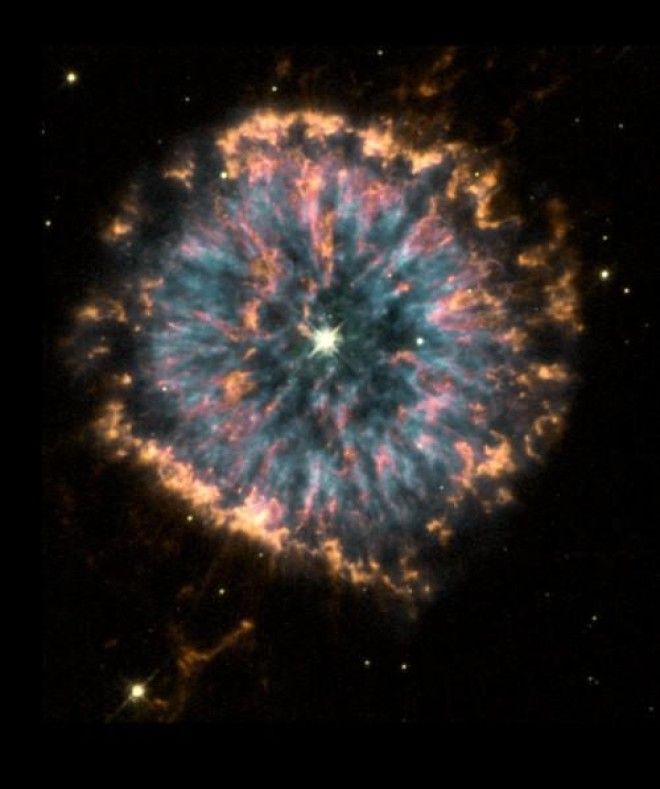
The Helix Nebula isn’t the only nebula that resembles an eye. NGC 6751 will probably find a better name later on, but this will have to do for now. The twinkle in the center is the dying hot star that created the nebula.


This is a new image of the Horsehead Nebula, much clearer than the previous ones. This is because the region is shown in infrared light as opposed to visible light.
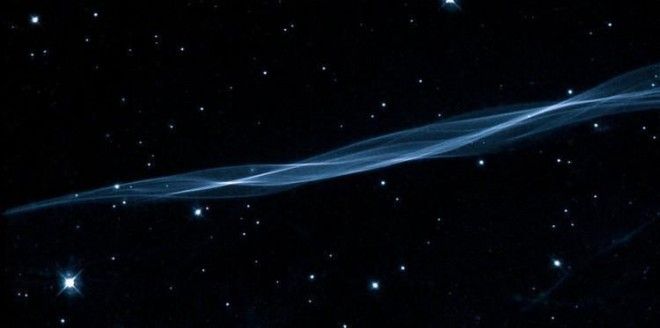
The Cygnus Loop is a supernova remnant nebula. As the name implies, it has been formed as the result of a massive star supernova that happened very recently in space terms – about 5,000 years ago.

Located in the Pleiades, this is a reflection nebula, one of the eeriest objects in space. A reflection nebula doesn’t emit a lot of light, but
it’s located next to a bright star (Merope, in this case) and reflects light from that. The result is a hauntingly beautiful sight.
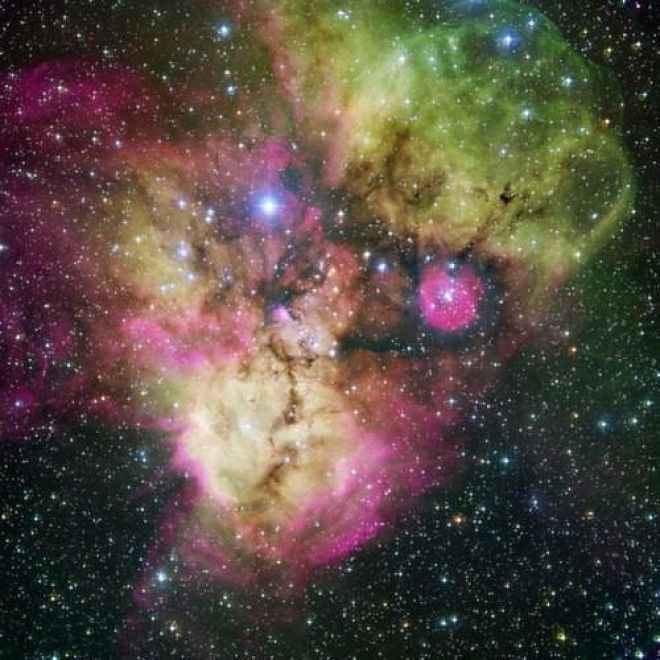
Not all nebulae have colorful names. NGC 2467 is located in the constellation known as The Stern and it’s fairly young. Only a few million years old, the nebula is a prime location for continuous activity, and mainly new stars are being formed.

The Fine Ring Nebula is pretty bizarre for a planetary nebula. Most nebulae of this type are elliptical or spherical in shape, but this one is almost a perfect circle. It is thought that this is because it was born from a binary system, not a single star.
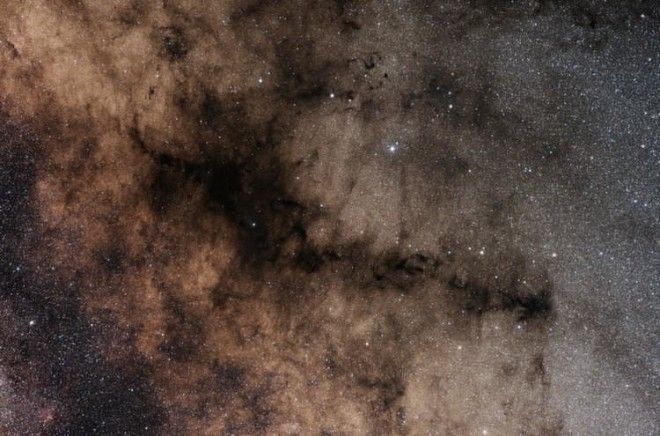
The Pipe Nebula owes its name to its unusual shape. It is a dark spot made mostly from dust that can obscure a lot of stars in the Milky Way.
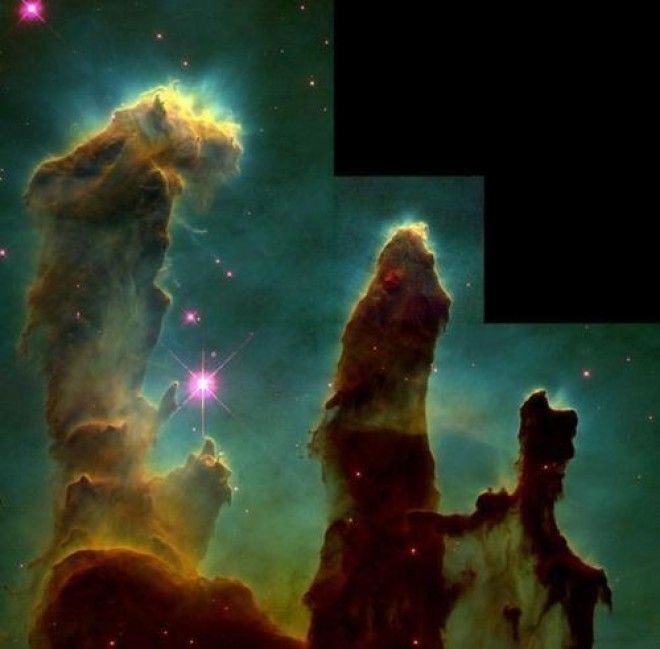
The Pillars of Creation, a famous photograph depicting three gas pillars in the Eagle Nebula 7,000 light-years from our planet. Some astronomers claim that the pillars have already been destroyed by a supernova – we just haven’t seen it yet.
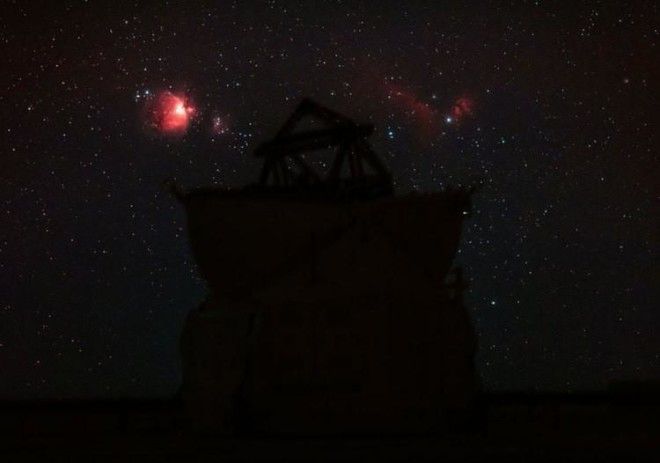
Go to the right place and nebulae are visible to the naked eye. That’s Orion and the Horsehead Nebula seen from the Paranal Observatory in
Chile.
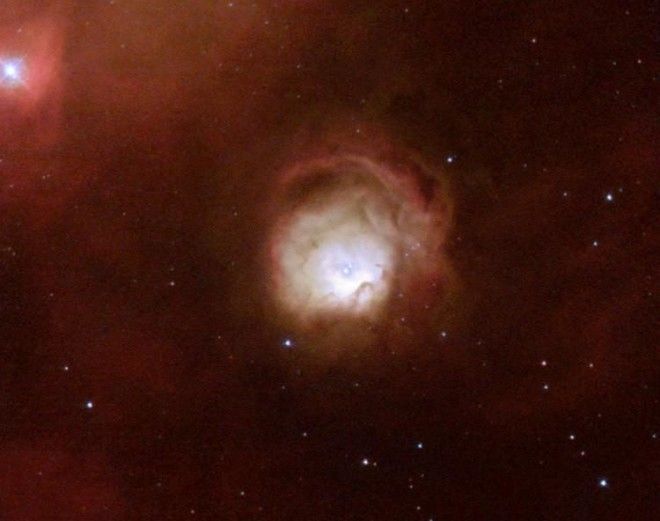
Nebula N 11A is even further – 170,000 light-years. Some say it resembles a rose in bloom.

Located 150,000 light-years away, the Tarantula Nebula is supposed to resemble its namesake. I don’t see it.

Located just 9,000 light-years away from us, the Trifid Nebula is a prime location for birthing new stars.
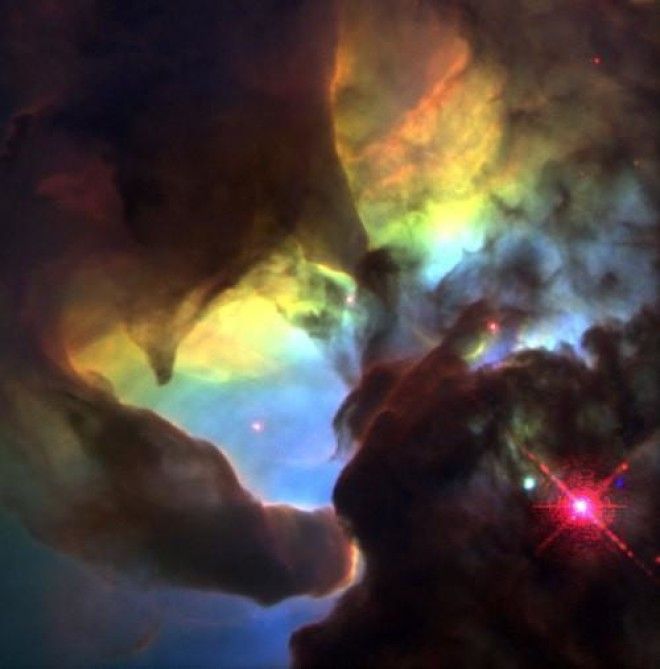
The Lagoon Nebula is about 5,000 light-years away and these bizarre twisters are right in the center of it.

